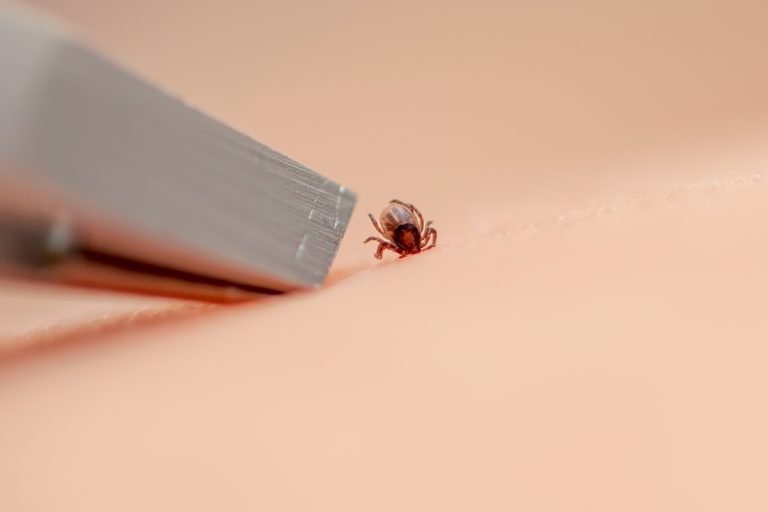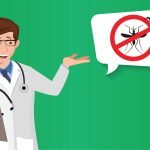A Mother’s Guide To Identifying And Treating Bug Bites On Children
Your child’s safety and well-being are always a top priority as a mother. However, the great outdoors can be filled with unexpected encounters, including bug bites. Insect bites are uncomfortable and can cause itching, redness, and swelling. Knowing how to identify and treat bug bites on your children is essential in providing them with quick relief and ensuring their speedy recovery. In this blog post, we’ll explore common types of bug bites, learn how to identify them and discuss effective treatment options that every mother should know. First step of the summer is to invest in a good first aid kit, such as this one. I actually have this kit with me at all times. I usually keep it in the car so it is always near. You can always have on hand tools to treat bites such as:
1. Mosquito Bites:

Mosquitoes are notorious for leaving itchy and irritating bites on children. These bites typically appear as small, raised bumps surrounded by a red area. To alleviate the discomfort, follow these steps:
- Clean the affected area with mild soap and water.
- Apply a cold compress or an ice pack wrapped in a cloth to reduce swelling and itching.
- Avoid scratching to prevent infection. Trim your child’s nails and consider using over-the-counter anti-itch creams or lotions.
- For severe itching or allergic reactions, consult a pediatrician for appropriate antihistamine options.
2. Tick Bites:

Ticks can transmit diseases, so it’s important to promptly remove them from your child’s skin. Here’s what you should do:
- Using fine-tipped tweezers, gently pull upward with steady pressure and grasp the tick as close to the skin as possible. Avoid twisting or jerking motions.
- Clean the bite area with soap and water after removing the tick.
- Monitor your child for any signs of illness, such as fever or rash, and consult a healthcare professional if symptoms develop.
3. Bee and Wasp Stings:
Bee and wasp stings can cause intense pain and localized swelling. Follow these steps to treat them:
- Remove the stinger if it’s still present. Scrape it off sideways with a credit card or your fingernail. Avoid using tweezers, as they can squeeze more venom into the skin.
- Wash the affected area with soap and water.
- Apply a cold compress to reduce swelling and ease pain.
- Administer over-the-counter pain relievers suitable for children, as recommended by their pediatrician.
- Seek immediate medical attention if your child experiences symptoms of an allergic reaction, such as difficulty breathing or swelling in the face.
4. Spider Bites:

While most spider bites are harmless and resemble mosquito bites, some can cause more significant reactions. If you suspect a spider bite, take these steps:
- Clean the bite area with mild soap and water.
- Apply a cold compress to reduce swelling and alleviate pain.
- Watch for signs of infection, such as increasing redness, warmth, or pus. If infection occurs, seek medical advice.
- If you suspect your child has been bitten by a venomous spider, such as a black widow or brown recluse, contact a healthcare professional immediately.




As a mother, it’s crucial to be well-informed about bug bites and how to identify and treat them in your children. By recognizing the types of bug bites and implementing appropriate remedies promptly, you can provide relief and promote faster healing. Remember, prevention is key in minimizing the chances of bug bites, so take precautions such as using insect repellents (I love this spray for my little ones. It’s not sticky and it does a great job keeping the bugs away) and dressing your child in protective clothing when spending time outdoors.
Hope this post helps you and your little survive the summer woes.
You can also check us out on top 100 mom blogs!
Happy fun….and stay safe!
Tee
Discover more from Baby and The Toddler
Subscribe to get the latest posts sent to your email.









